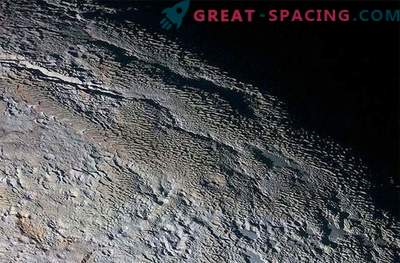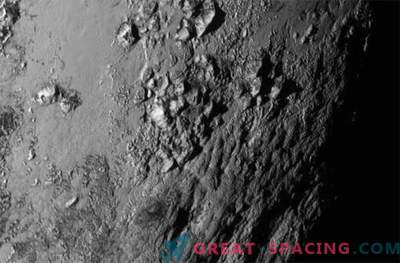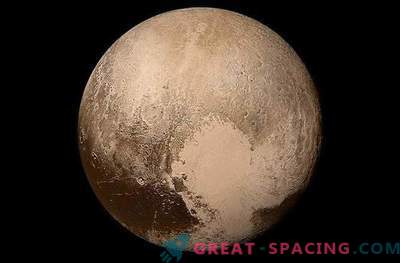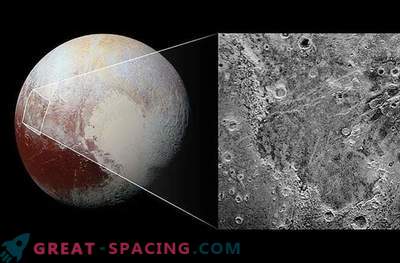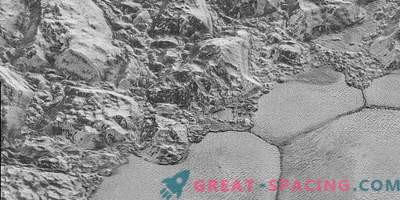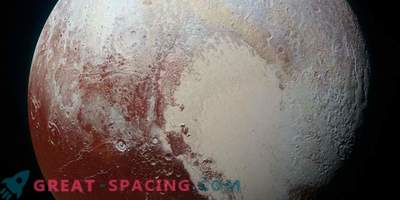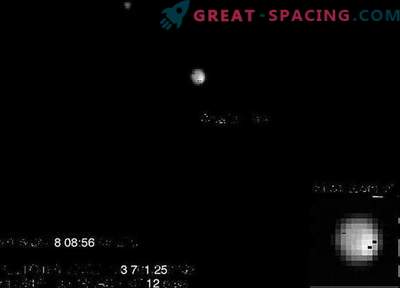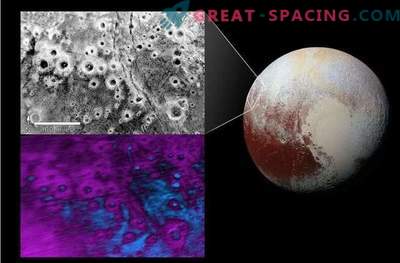
NASA's New Horizons spacecraft, which has been near Pluto for a year, still sends photographs and the biggest surprise came from a region unofficially named Sputnik Plain. The absence of craters on the surface makes it a unique region of Pluto, and a rare place in the Solar System - this, in fact, can be a very young terrain.
“I took the photos we looked at - amazing photos! - and made a calculation based on the orbital environment of Pluto, the degree of influence and, accordingly, the age of the Sputnik Plain surface, ”planetary scientist David Trilling wrote in an e-mail for Discovery News.
“There were a lot of press releases describing various aspects of Sputnik Plain, but as far as I know, for the first time, an age of 10 million years or less appears in peer-reviewed publications,” added Trilling, assistant professor of physics and astronomy at the University. Northern Arizona.

The Trilling study, which is printed on PLOS One, includes three possible ways to change the surface:
- Nitrogen ice located on the surface can be “soft” if it is thick and can fill craters created by meteorites.
- Ice at the bottom can rise and be swapped with ice on the surface, following the principle of a lava lamp.
- Ice can be partially melted at the bottom, and from time to time it comes to the surface like cryogenic lava.
Regarding where the meteorites came from, Trilling indicates that Pluto is in a zone filled with small objects from the Kuiper Belt. Sometimes these small bodies collide with Pluto. Trilling's calculations show that it happens about every 10 million years, which explains why Sputnik Plain seems so young.
Trilling mainly explores near-Earth asteroids, and Pluto attracted his attention not only by “striking” images, but also by the absence of craters. He also hopes that New Horizons will be funded to view another object in the Kuiper Belt in 2018. If this happens, Trilling will observe other non-crater sites in order to find out more information about the evolution of the Solar System.


